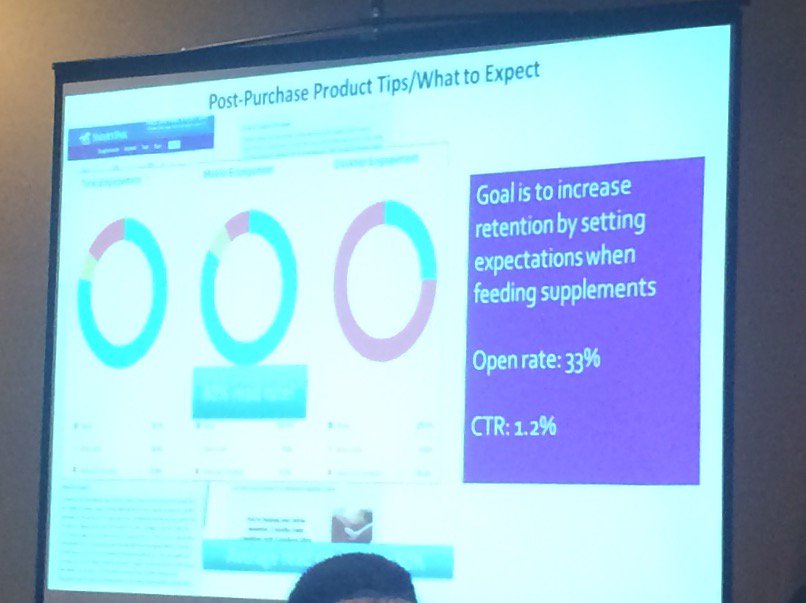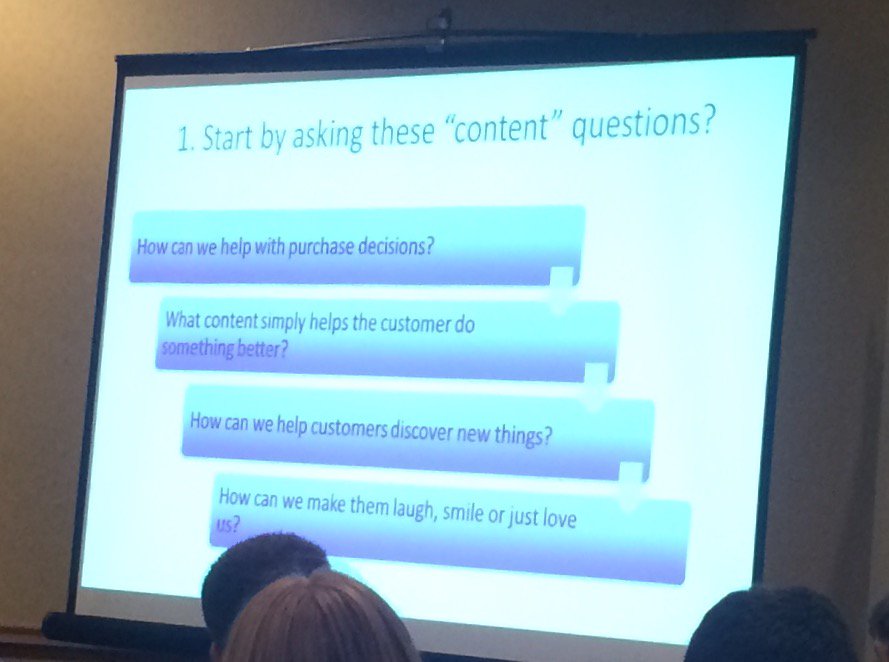Content is the new volume!
I’m having a great time here at #EEC16. Today is my visit and go to sessions day, since tomorrow I’m speaking at 2 different sessions.
I was lucky enough to get into the Customer Experience session presented by Carey Kegel of SmartPak and Loren McDonald of IBM Marketing Cloud. It was an interesting session.
If you don’t know, SmartPak is a brand focused on selling horse tack and supplements. They initially started off by creating packs of supplements for your horse. This is great for horse owners, as it means the barn staff just needs to add one pack to your horse’s feed. No measuring, no confusion, it’s simple and means your horse gets what they need.
First they started talking about the volume of email sent by SmartPak. Their mails aren’t that consistent, but they mail between 25 and 30 emails a month. Some months last year they mailed every day.
What they started seeing, though, is that the volume of marketing mail drove list churn. The biggest reason users gave for unsubscribing was “too much volume.” The more mail they sent, the more unsubscribes they saw. Even worse, more volume did not translate into revenue. As email volume went up, email performance decreased.
They tested adding content to emails. Just a block on the side of the email with links to content on their website. Adding the content links increased click through rates by 9% and revenue per email by 15%.
These results don’t require the content be in the emails. Using emails to drive recipients to already existing content on the website, including videos and surveys.
The session didn’t specifically discuss deliverability directly, but I think there were some clear deliverability benefits to content marketing. In fact, an email with no call to action, simply a post-purchase “what to expect” email had an open rate of 33%. These types of open rates help improve overall reputation and lead to more inbox deliveries.
The session really drove home how valuable content marketing is. One thing that was continually repeated during the session is that most marketers have the content already. Use email to drive users to the content you already have. Include that content in marketing mails. Meet the recipient’s needs and wants.
There are a couple takeaways I got from the session.
- Use the content you have to reach out to your customers and recipients
- Pay attention to where in the sales cycle your customer is and send content relevant to that stage.
- Think about what your subscriber needs.
- I’m not the only person with an Animal Science degree now in email marketing (how weird is that?)
How do you do this?